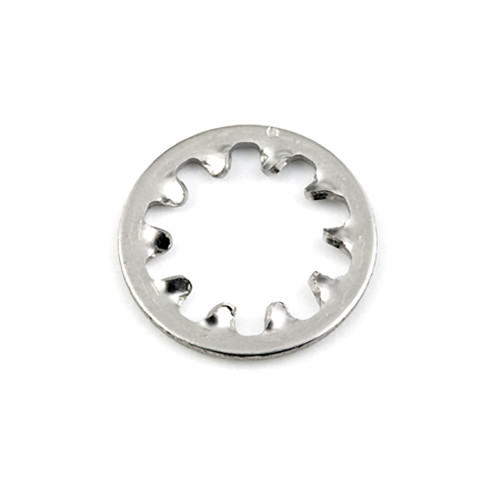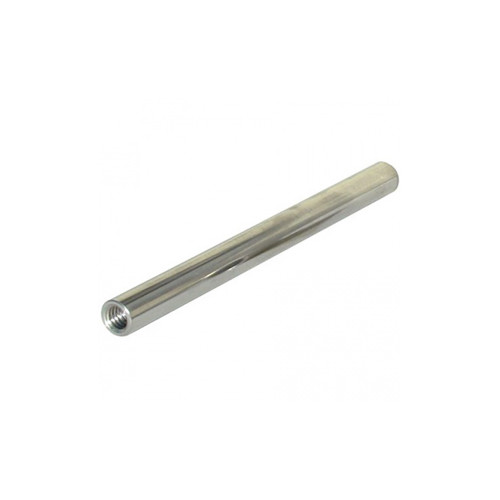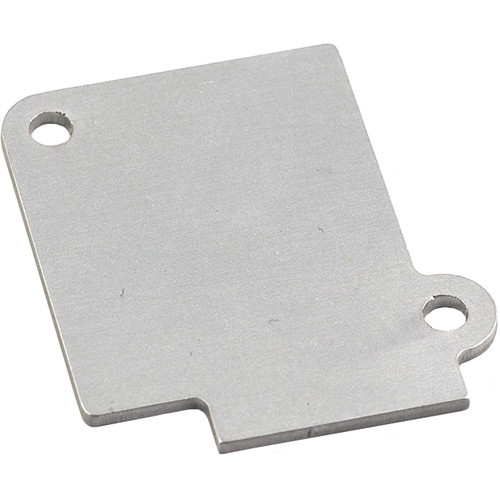Overview
In essence, the SPNDNT is a full function DSP mixer and processor like other ASPEN models except that instead of analog I/O ports, it uses digital network Dante ports. The processor combines Dante networked digital audio with the ASPEN digital matrix to expand signal routing options. The on-board Audinate® Brooklyn II module functions as a native Dante device using standard ethernet or AVB compliant switches.The processor also handles the clock synchronization for the ASPEN equipment and the Dante network. If the processor is the Dante master, it generates the clock signal for the network and the ASPEN rack. If the processor is a Dante slave, it picks up the network clock and passes it on to the ASPEN system below it. Multiple Dante equipped devices will automatically discover one another and configure the Master/Slave relationship.Redundancy, which is required in some applications, is accomplished by connecting to a secondary network that duplicates real-time audio traffic. If the primary network fails for any reason, the secondary network’s audio continues without losing even a single sample.
The processor also handles the clock synchronization for the ASPEN equipment and the Dante network. If the processor is the Dante master, it generates the clock signal for the network and the ASPEN rack. If the processor is a Dante slave, it picks up the network clock and passes it on to the ASPEN system below it. Multiple Dante equipped devices will automatically discover one another and configure the Master/Slave relationship.Redundancy, which is required in some applications, is accomplished by connecting to a secondary network that duplicates real-time audio traffic. If the primary network fails for any reason, the secondary network’s audio continues without losing a single sample. The SPNDNT is always positioned as the Master in the ASPEN subsystem (at the top of the component stack).
Features
-
Connects Dante™ networked audio with ASPEN processors
-
Up to 32 inputs and 32 outputs from the Dante network operate as native inputs and outputs in the
ASPEN digital matrix
-
Low latency, tightly synchronized transport of uncompressed audio over IP networks using
off the shelf switches
-
Simplified configuration management includes easy to use Dante features like automatic device discovery
and plug and play networking
-
Gigabit Ethernet transport
-
AVB Support
-
Redundancy via secondary network
Specifications
| Digital Outputs | 32 |
| Delay | .5 to 100ms in .5ms increments |
| Delay | .5 to 250ms in .5ms increments |
| Dimensions | 1.75 x 19.00 x 7.70 inches |
| Power Requirements | 100-240 VAC, 50/60 Hz |
| Power Consumption | 15 Watts |
| Weight | 3.64 lbs., 1651 grams |
| Matrix Access | 32 inputs from Dante matrix |
| Output power | 50 mW (<50 ohm impedance |
| Signal source | Any of the 48 final mixes |
| Crosspoint Mixing Modes | Auto,Direct,Override,Background,Phantom |
| Input Processing | Gain: -69 to +20 dB in 1 dB increments |
| Output Processing | Gain: -69 to +20 dB in 1 dB increments |
| Sweep rate | Linear, logarithmic |
| Swept sine | Modes: single sweep, continuous |
| White noise | Parameter: level [dBu] |
| Pink noise | Parameter: level [dBu] |
| Tone (sine wave) | Parameters: level [dBu], frequency |
| Waveforms | Sawtooth (up or down), triangle |
| Parameters | Start freq, stop freq, level [dBu], sweep |
| Digital Inputs | 32 |












